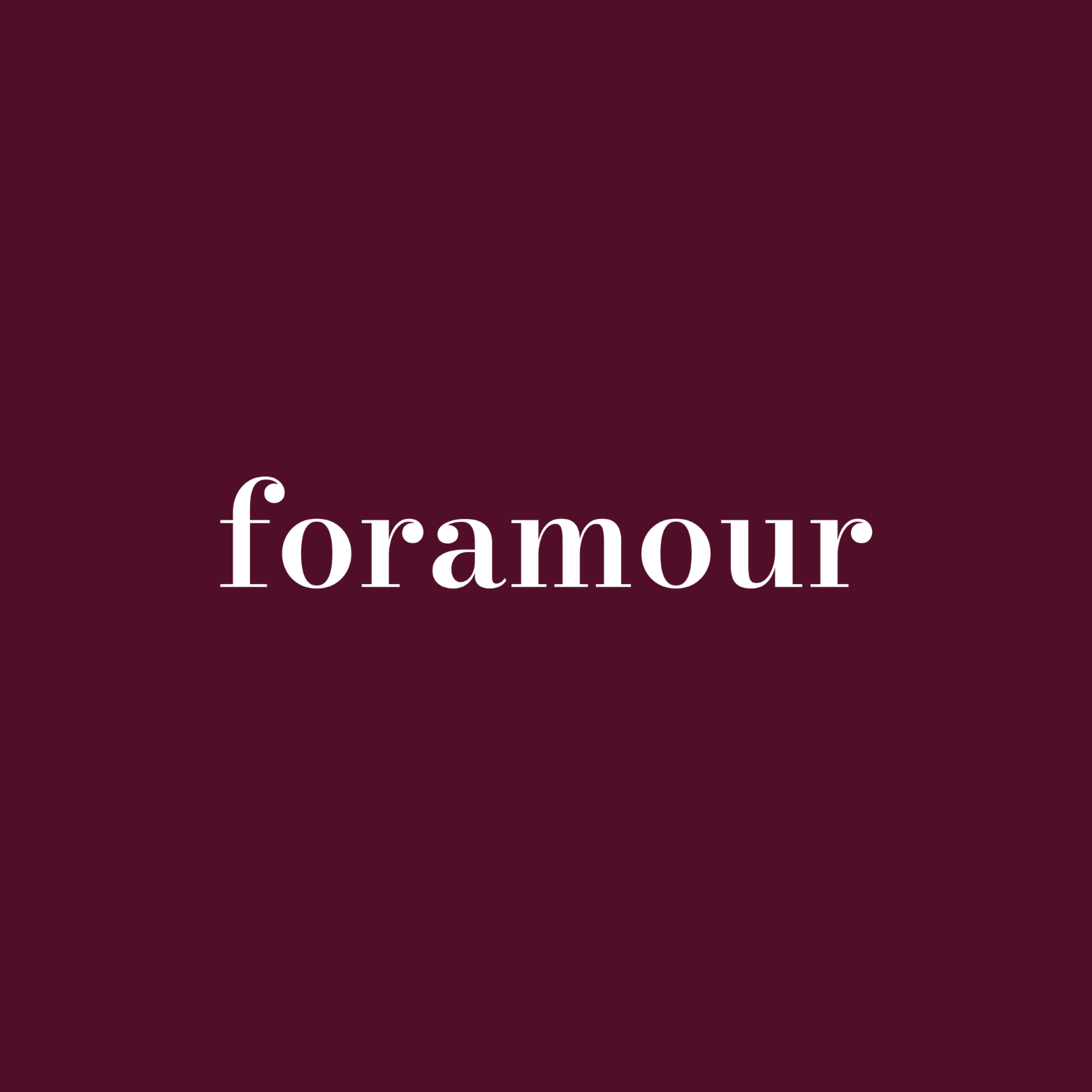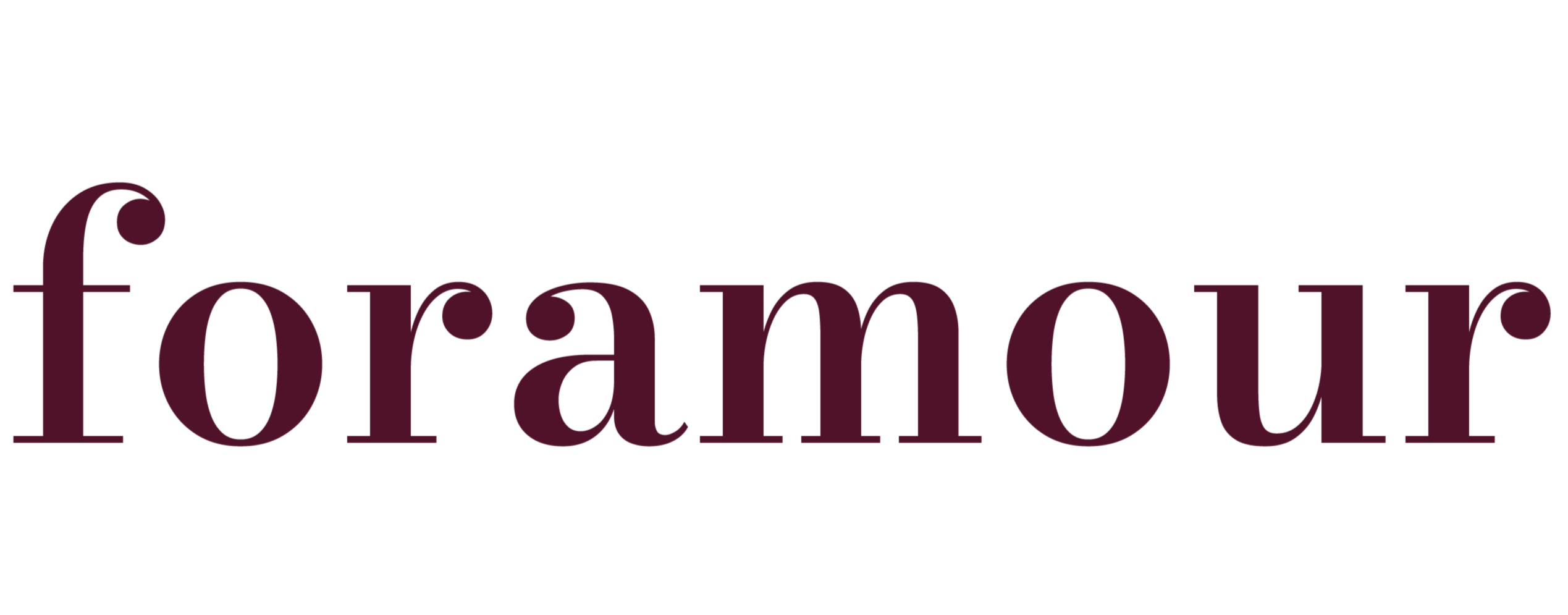
Earrings Engineered for Everyday Comfort
Quick Listen:
In the humid, bustling streets of Mumbai, where long workdays blend into vibrant evenings, earrings transcend mere adornment they become an essential part of daily life. For urban Indian women, these pieces must withstand sweaty commutes, endless meetings, and festive gatherings without causing discomfort. A fresh surge in jewelry innovation is addressing this need head-on, prioritizing comfort as a core element rather than a secondary feature. Brands such as Foramour are leading the charge, fusing contemporary style, eco-conscious materials, and skin-safe designs to align with the evolving demands of modern Indian lifestyles.
Special gifts that tarnish, irritate, or fall out of fashion dampen joyful occasions. That disappointment clouds memories meant to endure. Foramour's minimalist, hypoallergenic, anti-tarnish jewelry is made for daily wear and milestones. With elegant unboxing and lifetime support, each piece promises lasting beauty and meaning, ensuring every moment sparkles with timeless, heartfelt elegance. Shop Now!
Earrings Engineered for Everyday Comfort: How India's Jewelry Trends Are Evolving
India's jewelry sector has undergone remarkable shifts, reflecting broader economic and cultural changes. The global jewelry market, valued at USD 232.94 billion in 2024, is anticipated to expand from USD 242.79 billion in 2025 to USD 343.90 billion by 2032, achieving a compound annual growth rate of 5.10%. With Asia Pacific commanding a 39.28% market share in 2024 led prominently by India this expansion underscores a heightened demand for luxurious yet practical items. Consumers are increasingly drawn to jewelry that enhances appearance, highlights bodily features, and aligns with fashion trends, driving growth beyond traditional ornate pieces.
True comfort in earrings extends far beyond mere lightness. It encompasses materials that prevent skin irritation, shapes that avoid pulling on earlobes, and adaptable styles suitable for everything from professional settings to casual outings. In India, where earrings often remain worn for extended periods amid varying climates, these attributes are essential. The market is responding with options like featherweight studs for professionals and eco-friendly pendants for the younger, environmentally aware crowd, ensuring that style and ease coexist harmoniously in the nation's dynamic jewelry landscape.
Lightweight Designs and Shifting Preferences
Gold remains a cornerstone of Indian jewelry, yet escalating prices up 22% in 2024 after a 15% increase the prior year have steered buyers toward more practical choices. As highlighted in reports, Indian consumers are increasingly selecting lower-carat jewelry such as 18K over the customary 22K, which is about 20% less expensive and offers greater durability. Retailers are adapting by emphasizing lightweight designs, reducing heavier stock, and leveraging manufacturing advancements to create affordable, aesthetically pleasing pieces.
This evolution mirrors a wider move toward minimalist and daily-wear jewelry, particularly among working women, millennials, and Gen Z. Insights from industry analyses reveal a booming demand for such items in India, where the gems and jewelry market stood at USD 100.94 billion in 2024 and is forecasted to hit USD 168.62 billion by 2030, growing at a CAGR of 8.93%. Urbanization, projected to encompass over 600 million people by 2031, fuels this trend, with self-purchasing consumers favoring 14K and 18K options like small hoops and diamond pendants for everyday use. The influence of global fashions and digital platforms further accelerates this shift, making lightweight jewelry accessible even in smaller cities.
Supporting data paints an even clearer picture. The global earring market was worth USD 25 billion in 2023 and is set to reach USD 38 billion by 2032, with a CAGR of 4.9%. Factors like escalating disposable incomes in emerging markets, heightened fashion awareness, and social media's role in endorsements propel this progress. In Asia Pacific, including India and China, a 5.5% CAGR is expected, bolstered by cultural traditions and an expanding middle class that views earrings as key to personal style amid busy, urban routines.
Skin Safety: A Growing Concern
Behind the allure of jewelry lies a pressing issue: skin sensitivities exacerbated by common metals. Research from a 2024 study in India's Hadoti region examined allergic contact dermatitis from lac bangles, finding a 4.7% prevalence among clinic patients, with reactions including eczematous, lichenoid, and urticarial patterns. Allergens like nickel, cobalt, and epoxy resins were prominent, with implications extending to earrings due to shared materials. The study, involving 40 females, reported a significant impact on quality of life, underscoring the need for better testing protocols.
Similarly, a Kerala-based investigation on nickel exposure among housewives identified nickel as the top allergen, affecting 40.5% of tested individuals, with jewelry as a primary source. Women face 3 to 10 times higher risk than men, often from prolonged contact with accessories. Lesions commonly appeared on feet and hands, with reactions intensifying over time. These findings emphasize nickel's dominance in allergic contact dermatitis, particularly in humid environments like India's, where earring's close skin proximity heightens risks.
Regulatory shortcomings compound the problem, as India lacks robust standards for hypoallergenic claims, exposing buyers to nickel-laden products. Progressive brands are countering this by adopting surgical steel, titanium, and nickel-free alloys, promoting transparency in labeling. For Foramour, this means prioritizing safe materials to foster consumer confidence. However, the premium cost of these options poses a dilemma for budget-conscious shoppers, requiring brands to innovate affordably while maintaining safety and appeal.
Sustainability and Ethical Sourcing
As environmental awareness rises, India's jewelry industry is embracing greener practices. Artisans are incorporating materials like bamboo, golden grass, palm leaves, and recycled metals, alongside lab-grown diamonds and conflict-free gems. This shift caters to millennials and Gen Z, who seek ethical alternatives that minimize ecological impact. The global body jewelry market, encompassing earrings, valued at USD 7.7 billion in 2024, is projected to grow to USD 11.3 billion by 2032 at a 5.8% CAGR. Ear jewelry leads with 65% share, driven by piercing trends, while women hold 70% of consumption, with men at 35% and rising acceptance in professional settings fueling expansion.
Foramour exemplifies this by integrating recycled elements and biodegradable components, emphasizing artisan involvement and local sourcing. Such strategies not only reduce environmental footprints but also resonate culturally, where jewelry holds deep sentimental value. With Europe and North America leading market shares, Asia-Pacific's 20% portion is growing rapidly among youth, highlighting sustainability's role in future growth.
Customization and Digital Innovation
Modern Indian buyers crave jewelry that reflects their unique identities, spurring a boom in personalization. Demand for customized items like name-engraved pieces, birthstone embeds, and adaptable modules is surging, as noted in market reports. The India jewellery market hit USD 90.40 billion in 2024 and is expected to reach USD 150.10 billion by 2033, with a 5.20% CAGR. Millennials and Gen Z drive this through preferences for handmade, personalized designs, bolstered by e-commerce growth projected at 20% in the coming years.
Technologies such as CAD, 3D printing, and AR virtual try-ons enable precise tailoring, expanding reach to non-metro areas. For working women, Foramour's target audience, lightweight office-friendly options like studs and hoops are popular. Surveys indicate that spread-out designs offer perceived value amid high gold costs, blending matte finishes, enameling, and meaningful motifs for affordability and wearability.
Regional studies, such as one in Jaipur, show 72% urban preference for branded, fashionable jewelry over unbranded, with emphasis on innovative, comfortable designs. Married consumers and those aged 31-40 lead, signaling a departure from heavy traditions toward versatile, daily pieces.
Challenges and Opportunities
Progress notwithstanding, hurdles persist. Absent uniform regulations for allergens leave consumers at risk, while the unorganized sector's small workshops struggle with quality tech. Cultural norms favoring elaborate wedding earrings challenge comfort-focused innovations, demanding a delicate balance.
These obstacles, however, open doors for advancement. Investing in hypoallergenic tech and certifications can set brands apart, building trust as safety consciousness rises. Modular systems allow customization for varied needs, and direct-to-consumer models educate on features like weight distribution, tapping new markets.
The Future of Comfort
In India's transforming jewelry arena, comfort represents a subtle yet profound change, redefining earrings from occasional luxuries to everyday essentials. It's about crafting items that harmonize with life's pace light, safe, and sustainable. For Foramour, success hinges on merging heritage with modernity: designs that delight the senses, materials with narratives, and tech for seamless personalization. As safety norms tighten and eco-luxury gains traction, India's earring future gleams with promise comfortable, inclusive, and endlessly wearable for its diverse populace.
Frequently Asked Questions
What makes earrings comfortable for daily wear in India's climate?
Comfortable earrings for India's humid climate require lightweight designs, hypoallergenic materials like surgical steel or titanium, and shapes that don't pull on earlobes. They must withstand sweaty commutes and long wear times without causing skin irritation. Features like featherweight construction and nickel-free alloys are essential for urban Indian women who wear earrings for extended periods across varying temperatures and humidity levels.
Why are Indian consumers choosing lower-carat gold earrings over traditional 22K options?
Rising gold prices up 22% in 2024 have pushed Indian buyers toward more practical 18K and 14K gold earrings, which are about 20% less expensive than traditional 22K options. These lower-carat alternatives offer greater durability and lighter weight, making them ideal for daily wear. This shift reflects a broader trend toward minimalist, everyday jewelry among working women, millennials, and Gen Z consumers who prioritize comfort and affordability.
How can I avoid skin allergies from earrings in India's humid environment?
To prevent earring-related skin allergies, choose pieces made from hypoallergenic materials like surgical steel, titanium, or nickel-free alloys, as nickel affects 40.5% of tested individuals according to recent Indian studies. Avoid earrings with cobalt and epoxy resins, which are common allergens. Look for brands that provide transparent labeling about materials used, and consider that India's humid climate can intensify allergic reactions, making proper material selection even more crucial for sensitive skin.
Disclaimer: The above helpful resources content contains personal opinions and experiences. The information provided is for general knowledge and does not constitute professional advice.
You may also be interested in: Faith - Charm – foramour
Special gifts that tarnish, irritate, or fall out of fashion dampen joyful occasions. That disappointment clouds memories meant to endure. Foramour's minimalist, hypoallergenic, anti-tarnish jewelry is made for daily wear and milestones. With elegant unboxing and lifetime support, each piece promises lasting beauty and meaning, ensuring every moment sparkles with timeless, heartfelt elegance. Shop Now!
Powered by flareAI.co
Share


